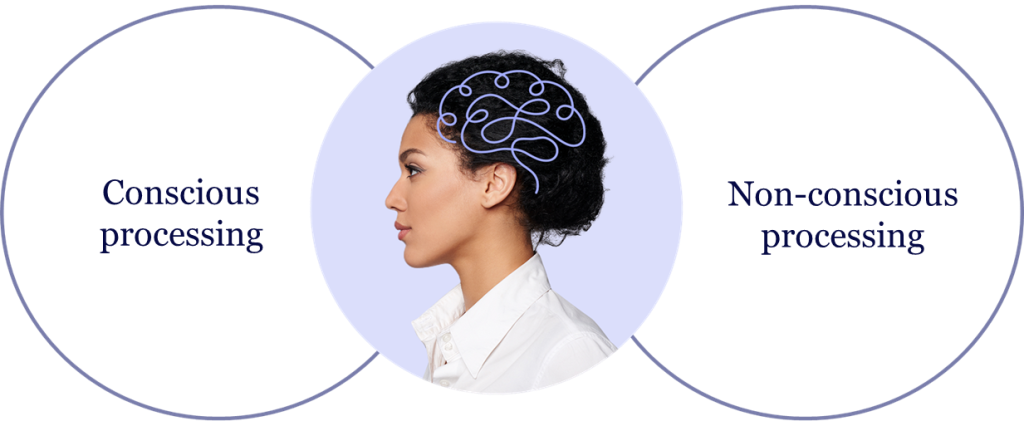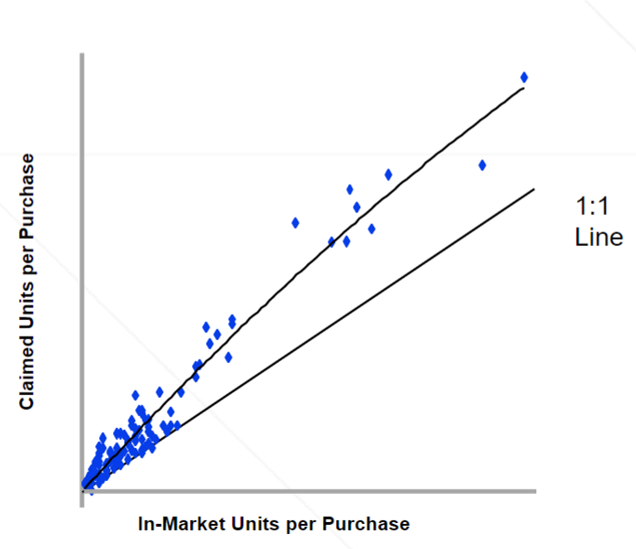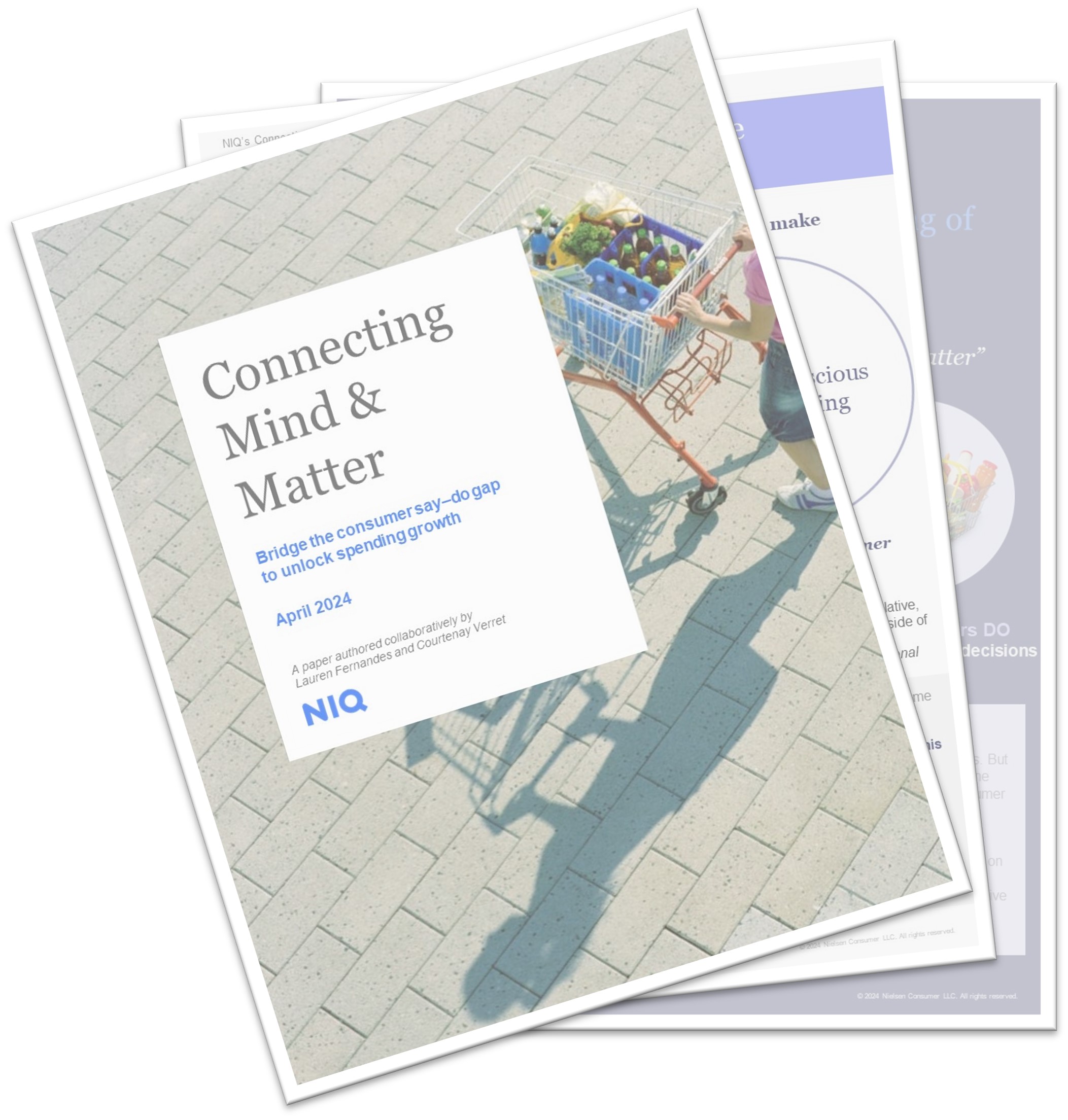
Connecting Mind & Matter
Bridge the consumer say–do gap to unlock spending growth
A predictable difference in behavior
Companies that can tap into the predictability of consumer behavior hold the keys to unlocking truly incremental spending growth. Why? Because there’s big business opportunity on the table for those who can bridge the gap between the “Mind” and “Matter” of purchase decisions.
When it comes to influencing purchase behavior, most industry practices assume a linear, rational approach: a price cut or trade promotion, an increase in ad spending, premiumization. While any of these tactics can be effective, when implemented in a vacuum, they can still leave the door open for competitors.
This is because value is not rational—it’s relative. Value extends far beyond any one factor. It can differ according to shopping trip (planned vs. impulse), the number of similar alternatives on the shelf, and even by timing and location.
There is no one-size-fits-all approach to influencing value perceptions. But how can businesses untangle the myriad contextual signals that drive purchase decisions—let alone position themselves to provide them?
Fortunately, there are some universal truths that guide human behavior—like the power of possession, popularity, fear, immediacy, and the value of “free.” These heuristics, or cognitive rules of thumb, make consumers predictably…predictable.
Consumers often mis-represent or mis-report what they DO
… By as much as 50%
Those who are familiar with market research and surveys understand all too well the disconnect between what consumers say and ultimately do. As we alluded to earlier, people often “lie.” While usually not intentional, there are many reasons why consumers tend to exaggerate or mispresent their intentions or actions. You can see this phenomenon show up in the above analysis illustrating the gap in purchase intent versus purchasing behavior—almost 50%!—for ready-to-eat cereals. This underscores the importance of having quality data on both consumer intent AND measured purchase action to guide your business strategy.
The good news is that although consumers exaggerate, there is still a clear and predictive relationship between their claims and behavior. In the below analysis, we can see the trend difference between the number of products consumers claimed they would purchase, and how much they actually bought in-market. Both lines are trending in similar, predictable directions, but there’s a gap between them.


Given the relativity of value, it is essential for businesses to focus on both the conscious and nonconscious drivers that influence purchasing decisions, enabling them to anticipate consumers’ next moves and unlock incremental spending.
Read along to uncover NIQ’s behavioral roadmap for bridging the gap between what consumers say and what they do—utilizing heuristics, global sentiment, and the full view of data to inform your path to predicting consumer expectations & demands.

In NIQ’s report, Connecting Mind & Matter: Bridging the say-do gap to unlock spending growth, you’ll discover
- How to track, diagnose and analyze how predictably predictable consumer attitudes are against purchase behavior
- How to align your product to multiple, meaningful attribute claims to maximize growth potential
- How to anticipate and monetize opportunities where consumers are spending more than they say—unlocking incremental spending
- How to leverage a full view of omni-retail measurement to assess whether you’ve moved the needle in sales and share growth
